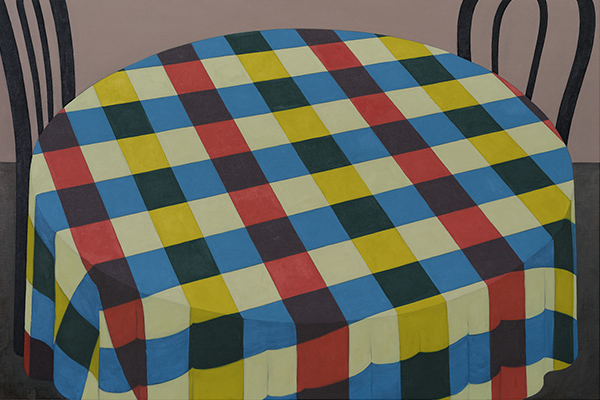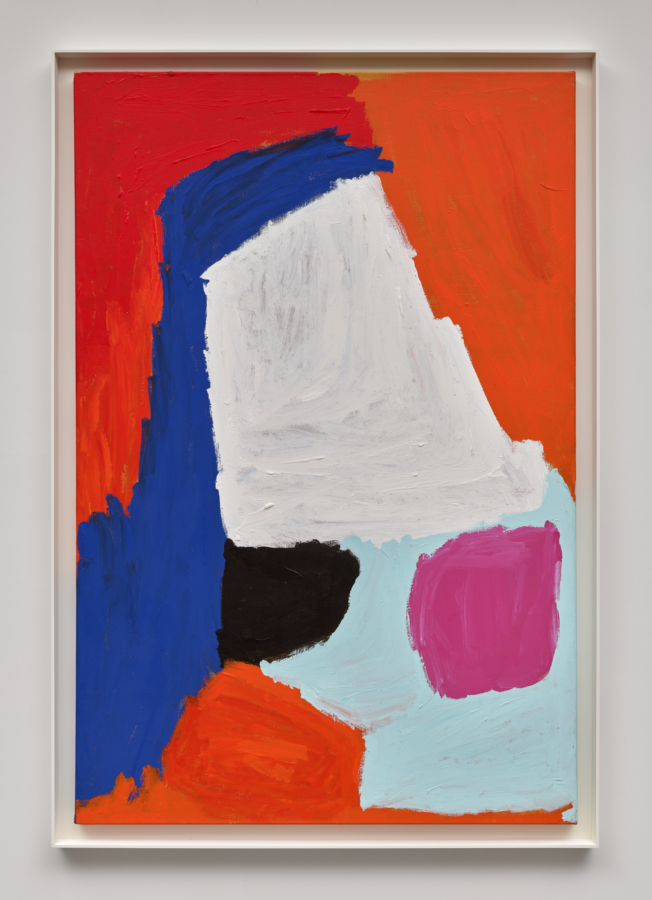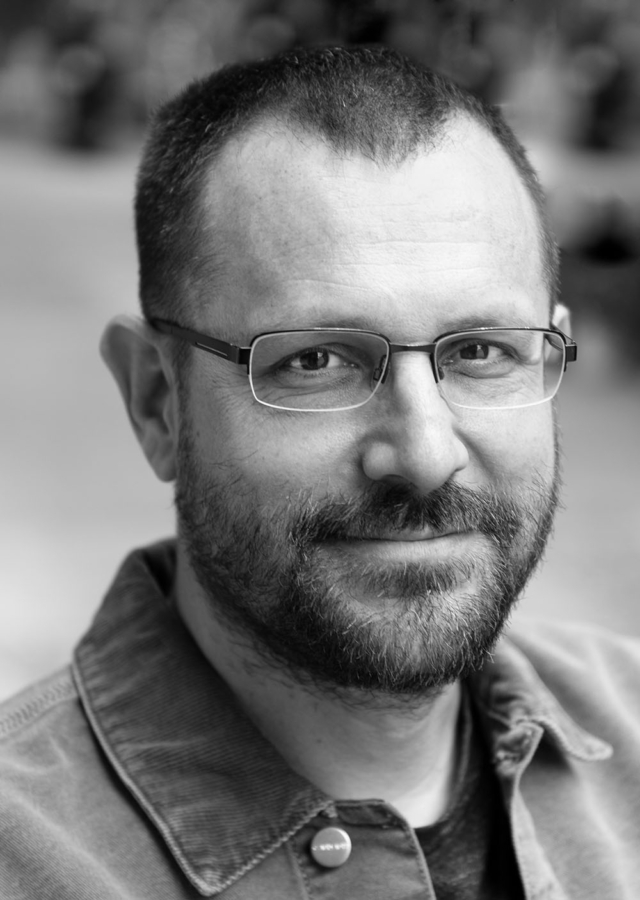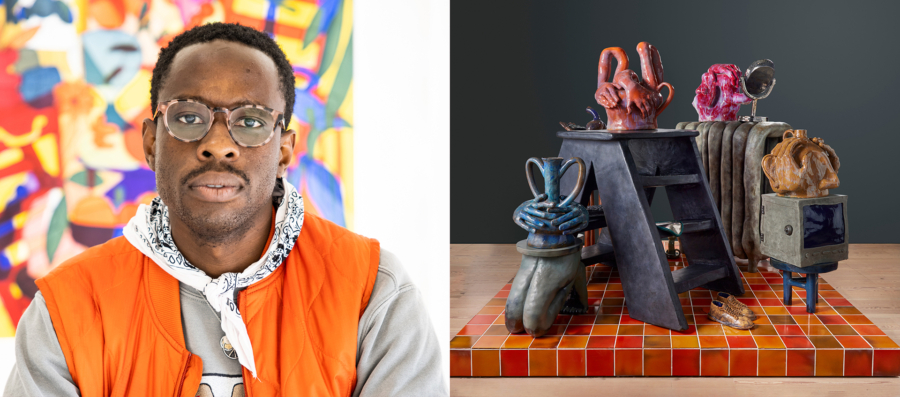Alvaro Barrington, Dike Blair, Marley Freeman, Zenzaburo Kojima, published by Karma, New York, 2020.
Alvaro Barrington, Dike Blair, Marley Freeman, Zenzaburo Kojima is available here
“I never start with a formed idea. I always start with nothing.” The active, receptive, in-flux blankness with which Marley Freeman describes her picture-making somehow survives when her marks are fixed, if loose, and arrangements of color and shape are final. While her portraits attend to the seated subjects she portrays, the sense of space contained in her book-sized abstractions often strikes the viewer as aerial, which is to say: flat, collaged, and adrift. At the same time, her distinct layering and vibratory points of compositional contact can produce a searching, groping feeling of weight and solidity.
Though she embarks without a plan, Freeman’s process importantly precedes painted objects. By the time the loaded brush lifts, and chromatic imagery surfaces, she is already deep in. Like a cook or a chemist, she starts with a curiosity for physical matter and ingredients: “Making my own gesso and acrylic is what initially interested me in painting. Pigments have their own ways of acting, and I became obsessed with learning their traits.” She studies the way “paint wants to mix and perform.” Freeman is committed to craft, and the subtleties of painting’s technical and textural aspects: the way paint moves and dries, the way it holds body or runs loose, the way it covers up or tints or streaks. These specific, concrete excitements are conveyed in every work. Opacity and degrees of transparency, matteness, and sheen become matters of reverential sensitivity.
Freeman’s pictures tend to be small in size and intimately scaled, building density with subtle activity. They can be pared down and dreamlike, sunny and syncopated, and/or patterned in manners often reminiscent of Forrest Bess, with micro flashes of Frankenthaler, Milton Avery, Bauhaus, Ab Ex, and Pattern & Decoration. Proximity is valued, and warmth permeates—a warmth accrued like coats, sheets, and blankets laid on. She finds images, she says, through layering, which is foundational and has something to do with growing up with a father who is an antique textile dealer: “My sense of color and interest in image-making comes from textiles and their varying levels of transparency, which is often related to weaving structures. Everything in my paintings is interwoven.” She recalls playing as a small child in the barn behind her family’s house in western Mass, where her dad stored his textiles. In her latest exhibition, she has made the connection more explicit by exhibiting her paintings alongside sculptural presentations of antique fabrics selected from her father’s archive.
As has been Freeman’s habit for some time, her paintings’ titles come from the books and movies on her mind. The names for these recent works are pulled from the object-oriented philosopher Timothy Morton because, as Freeman effuses, “not understanding the world we live in is primary to both his thinking and the painting. What the titles keep going with and something he says over and over is basically we are strangers to ourselves—to the ones we love and to the planet. And getting to know this strangeness is the task.” The paintings demonstrate ways of paying close, private, tweaked attention; and monitoring the care, focus, and pacing of one’s own viewing to the point that perception can slip our grasp and return renewed.



